
Hong Kong SAR has always been dubbed as a paradise for gourmet and shopping or a center of commerce and finance. When it comes to this Pearl of the Orient, one can immediately think of its stunning night view and modern skyscrapers. Nature, on the other hand, is rarely linked to the city. Perhaps this is why the city is regarded as a "concrete jungle."

The area surrounding Victoria Harbor. /VCG Photo
If you are willing to dig deeper into the city's surroundings, you may come across some surprising facts: three-quarters of its land is undeveloped; over 40 percent is protected green area and it is home to almost 3,000 varieties of flowering plants. One-third of the total bird species in China and many other wild animals live in the territory. On top of these, there is a range of world-class rock formations on surrounding islands. Here are some examples:
Hexagonal rock formation
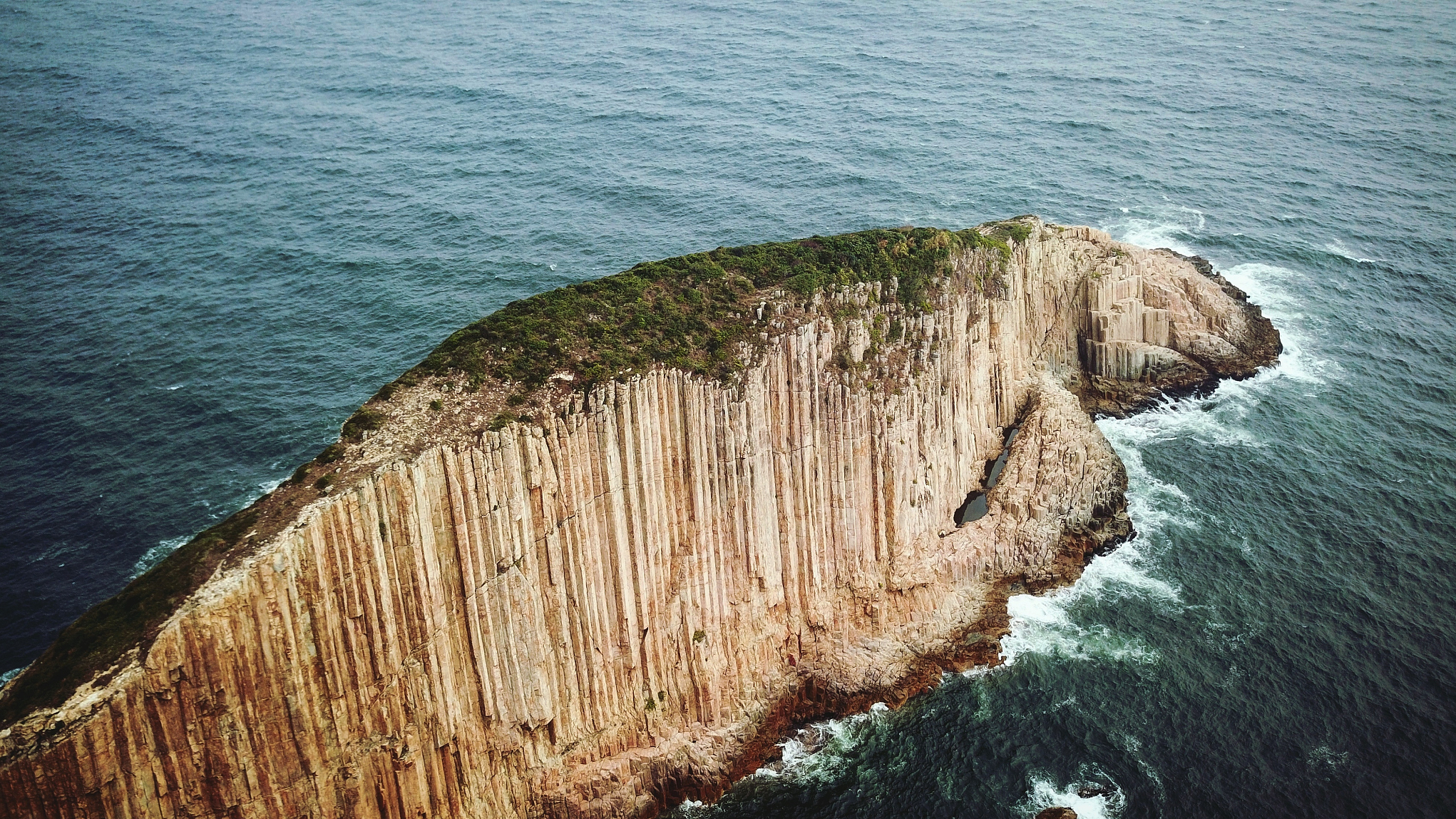
Aerial view of a rock formation. /VCG Photo
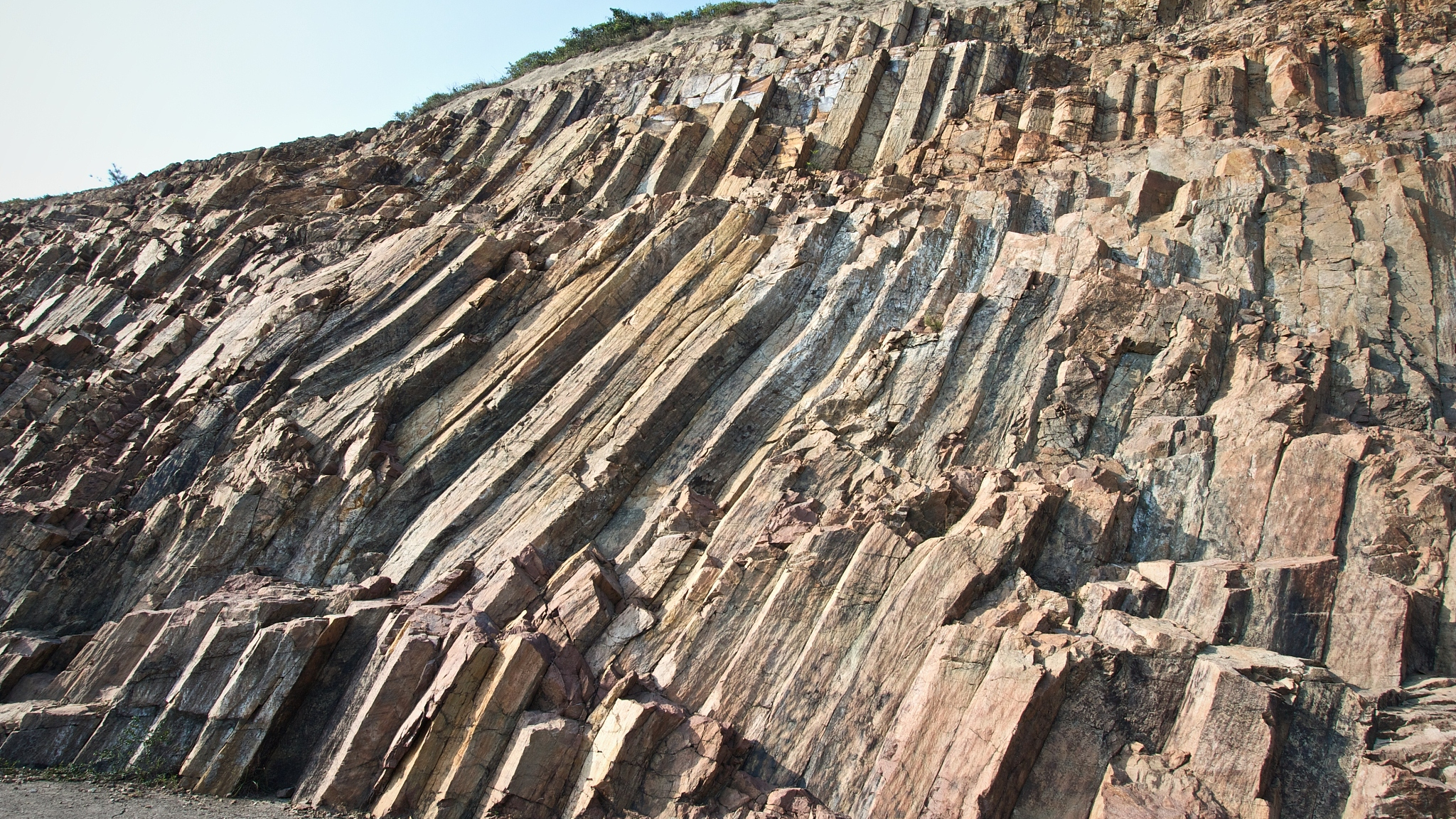
Close-up of a rock formation. /VCG Photo
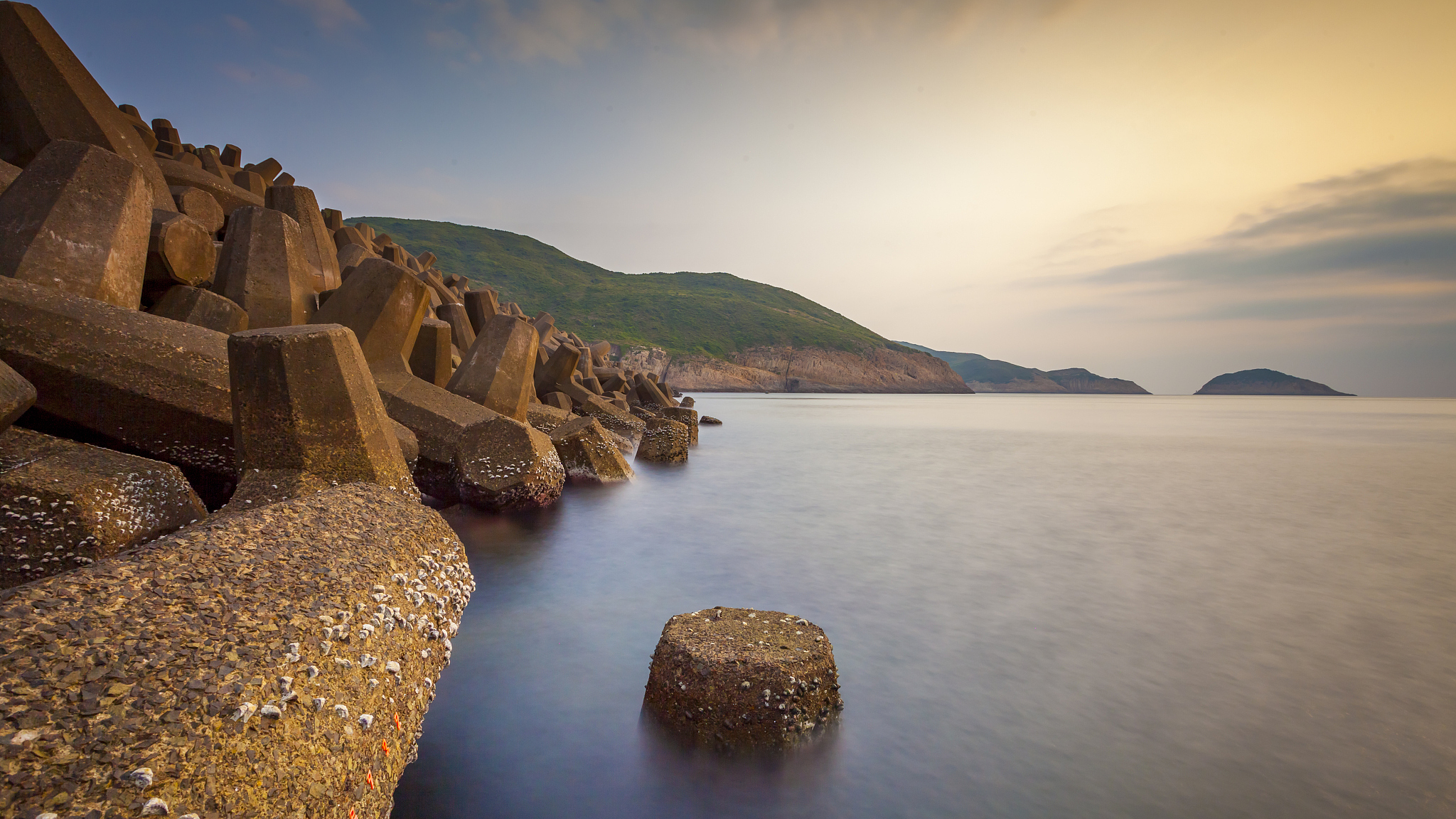
An anchor-shaped breakwater. /VCG Photo
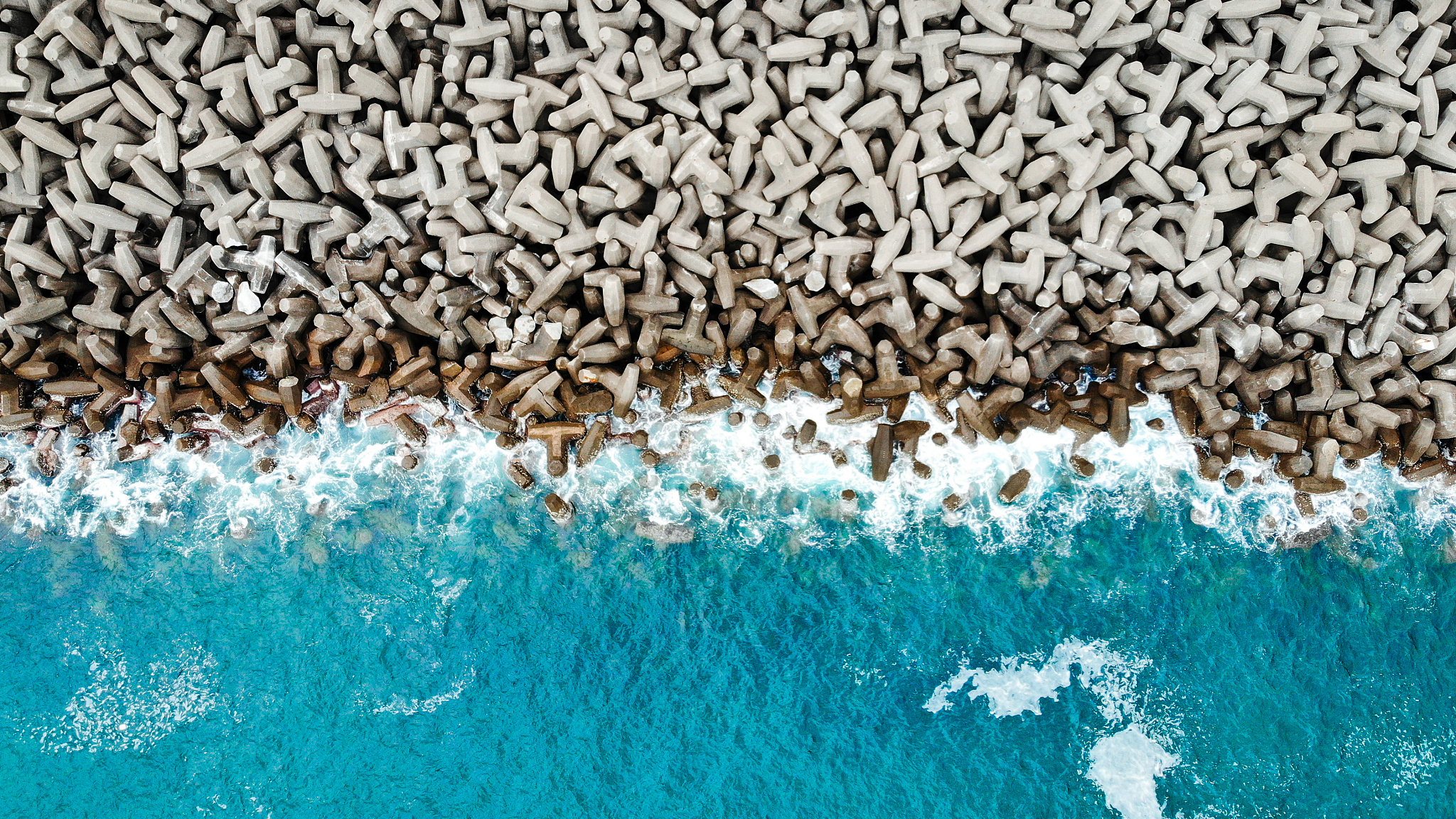
A breakwater at High Island Reservoir East Dam, Sai Kung. /VCG Photo
This staggered hexagonal rock formation is a mixture of lava, rock debris and volcanic ash, which are products of volcanic eruptions that occurred around 140 million years ago. Each of these polygon-shaped rock columns is at least a meter wide and up to 30 meters high. After subsequent earthquakes and regional subsidence, they are distorted into an "S" shape. Located in the High Islands Reservoir in Sai Kung, East New Territories, this amazing rock formation is surrounded by the signature anchor-shaped breakwater by the sea.
Shales
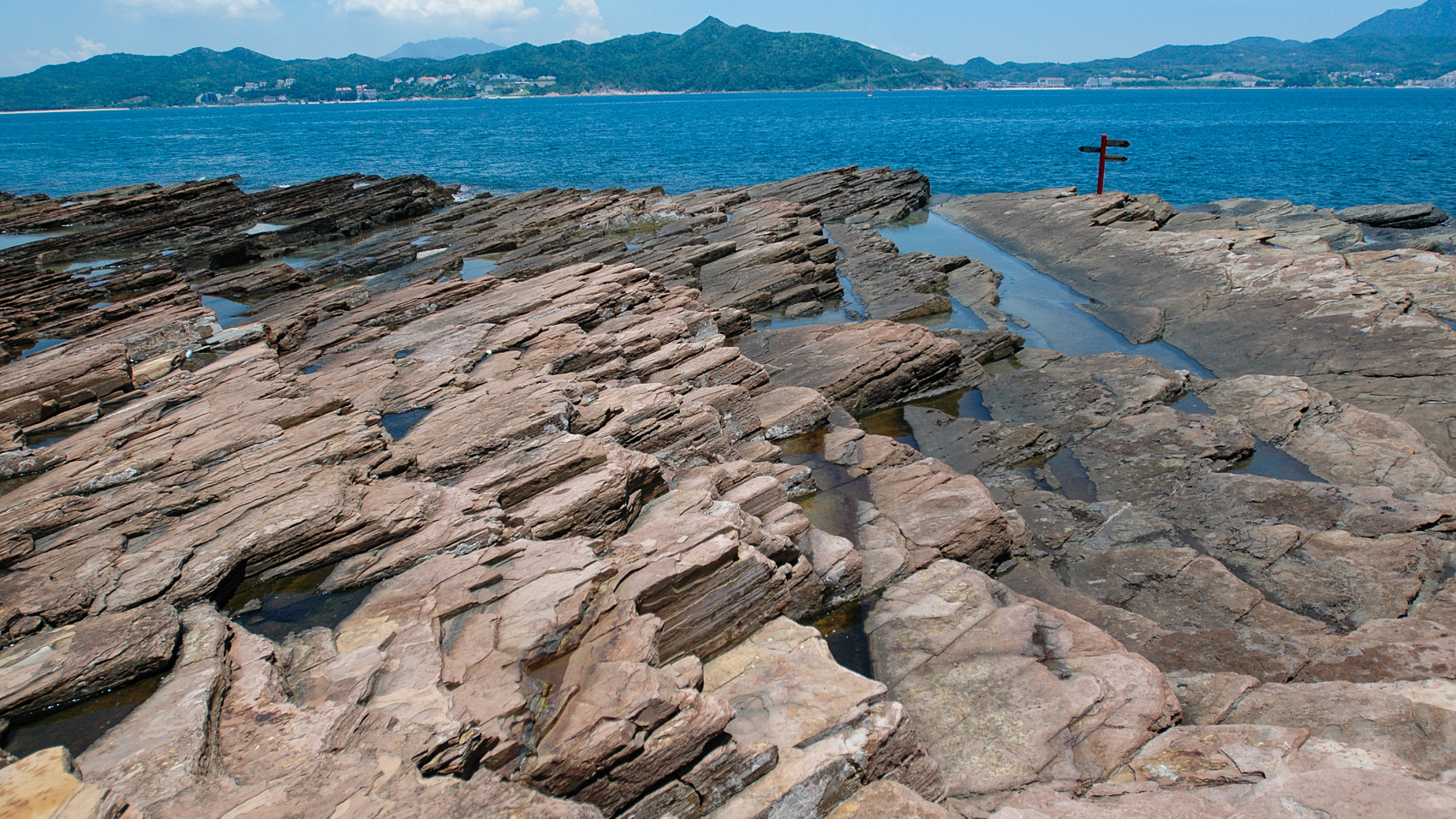
Shales in daylight. /VCG Photo
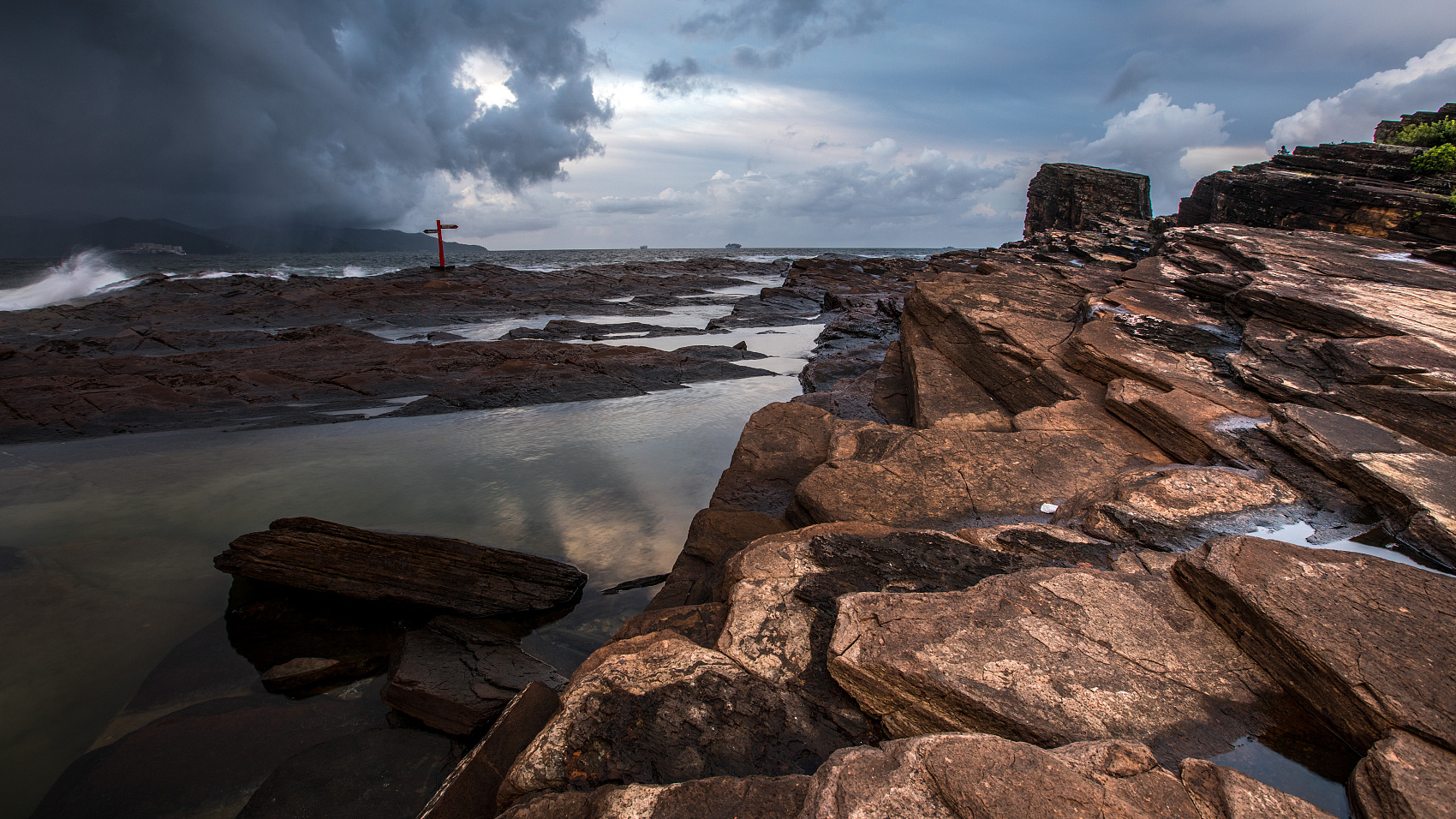
Shales at dawn. /VCG Photo
Shales are another fascinating rock formation in Tung Ping Chau, an extremely low island in Sai Kung. Having clear-cut bedding and distinctive sheet formations, these overlapping shales have layers ranging from one to five millimeters. After ages of sedimentation in hypoxia and still water, they gradually evolved into the shape of a sponge cake. If you take a closer look, you will find vague ripple marks in the layers. The area used to be a salt lake and dates back to the early Tertiary period.
Outcrops and puppy-shape rock
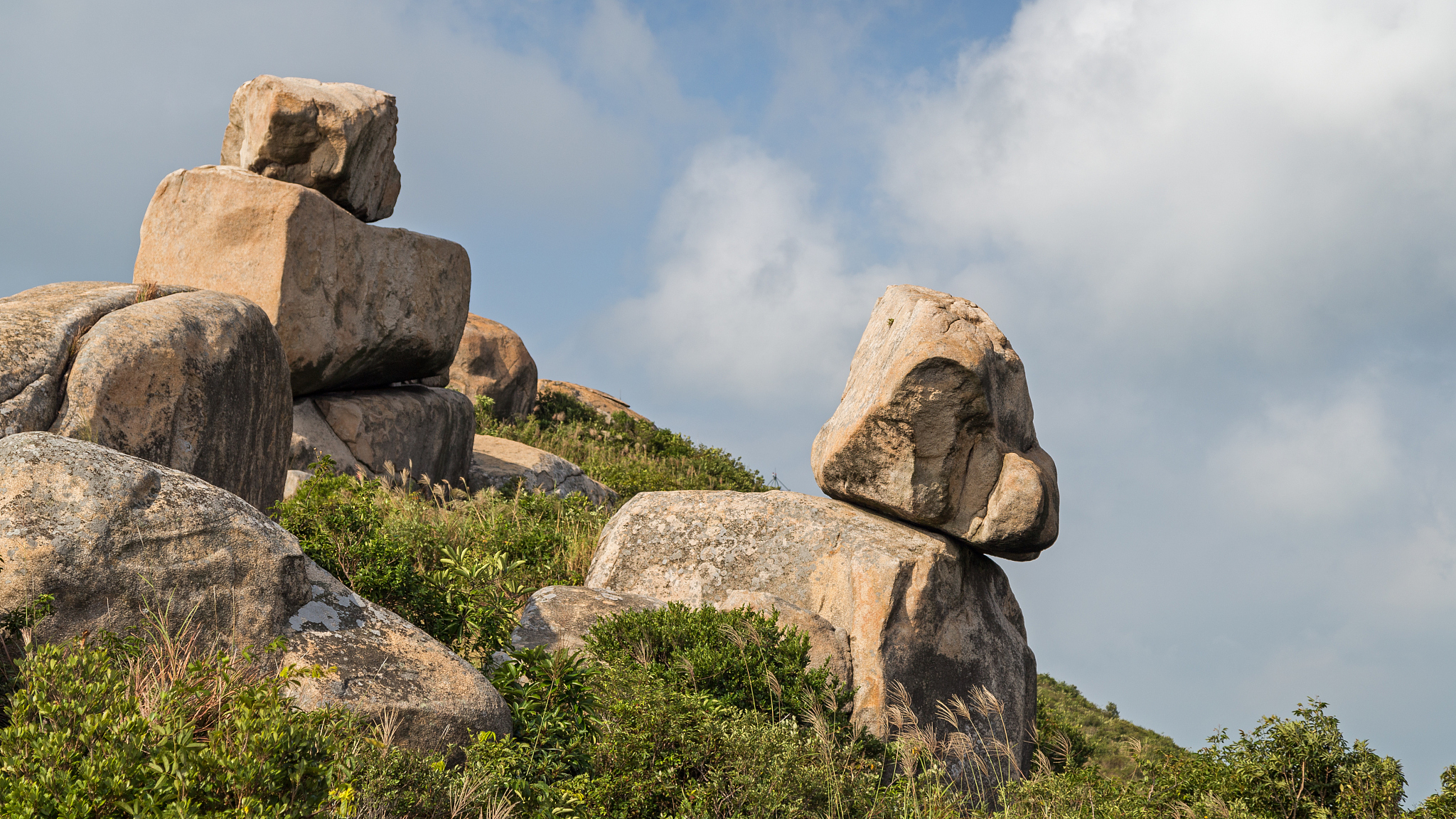
The puppy-shaped rock in Lamma Island. /VCG Photo
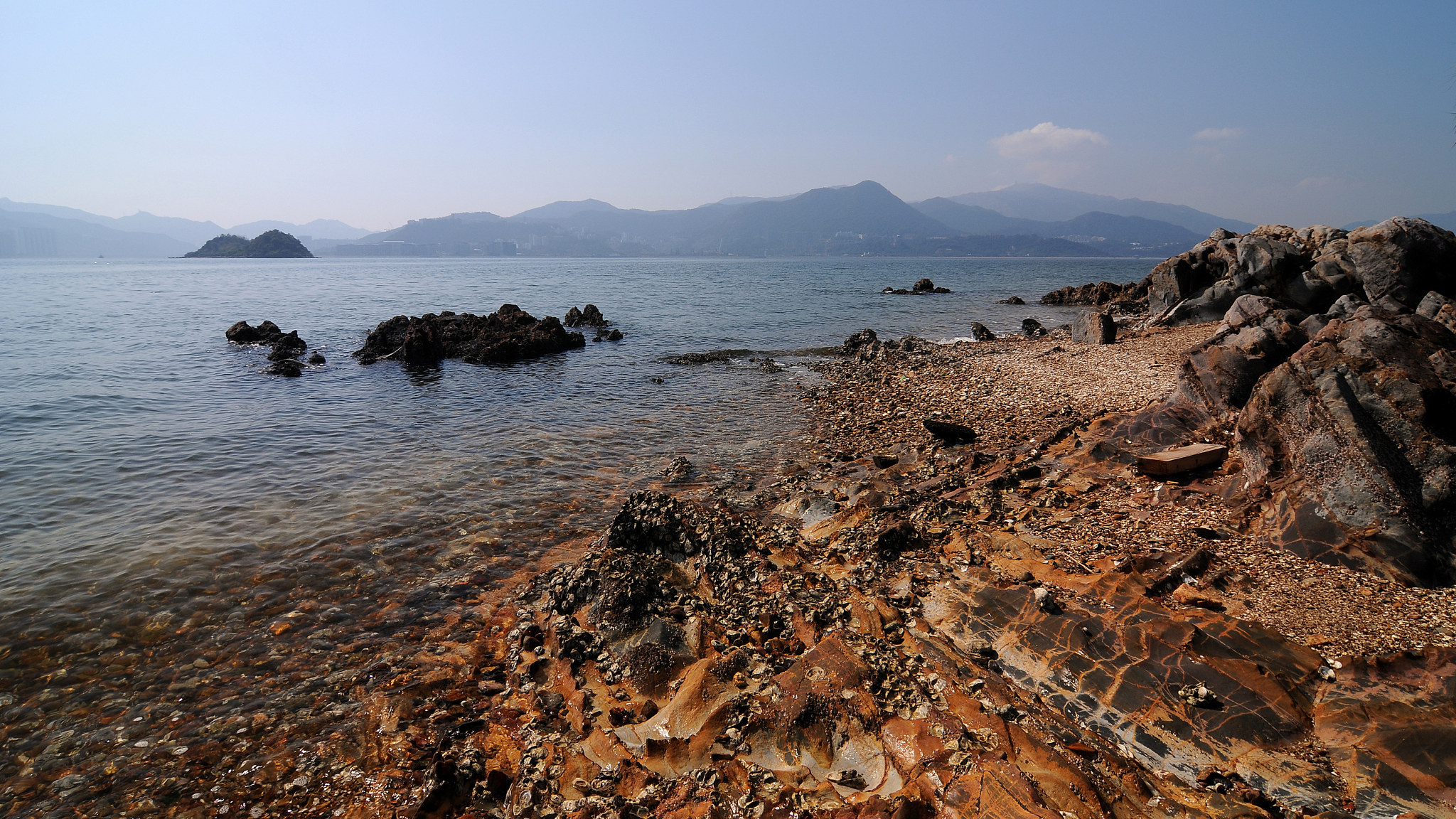
Outcrops in Sai Kung. /VCG Photo
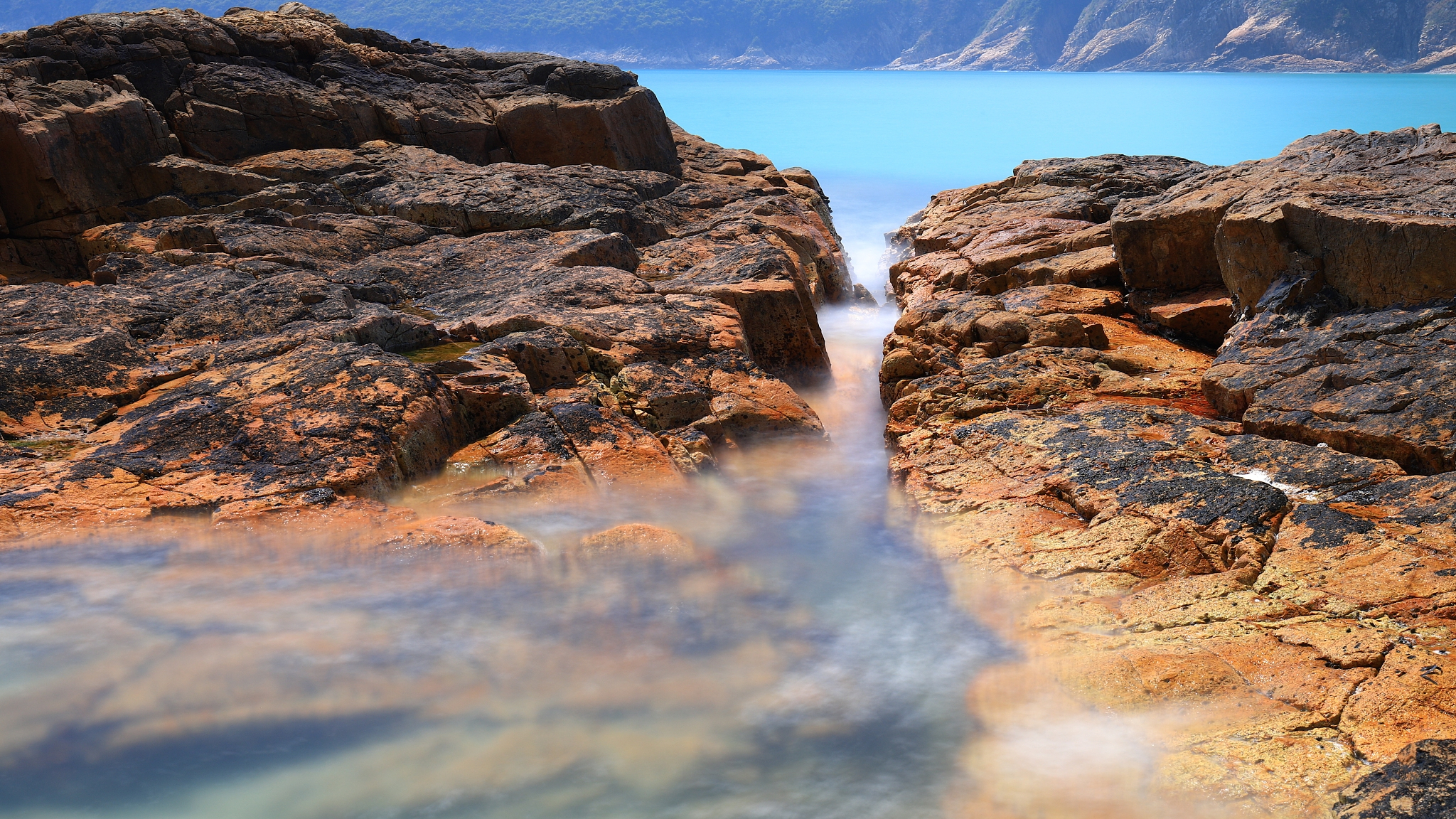
Outcrops in Sai Kung. /VCG Photo
Apart from the diversified rock formations, there are many more peculiar types hidden around the city and contribute to its natural beauty.
(Cover image via VCG.)
(If you want to contribute and have specific expertise, please contact us at nature@cgtn.com)

Copyright © 2018 CGTN. Beijing ICP prepared NO.16065310-3
Copyright © 2018 CGTN. Beijing ICP prepared NO.16065310-3